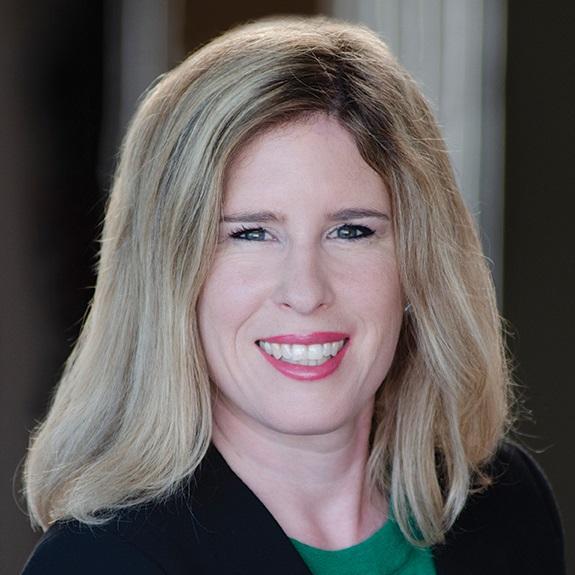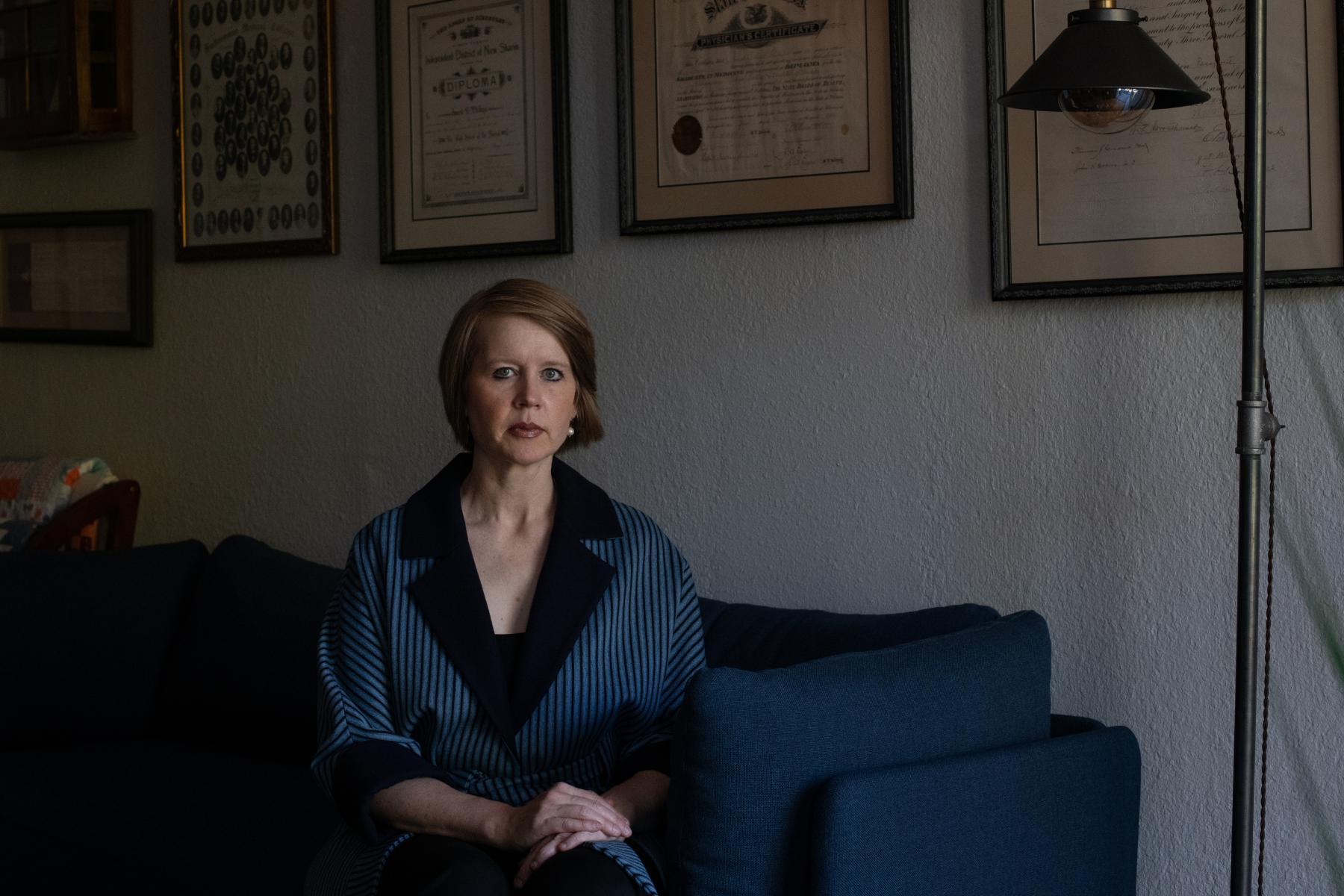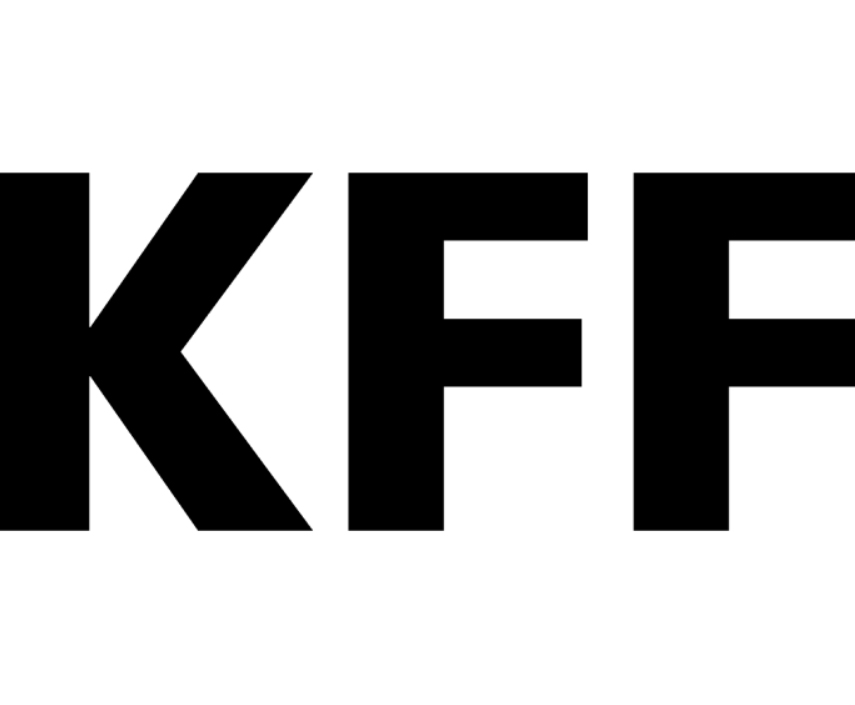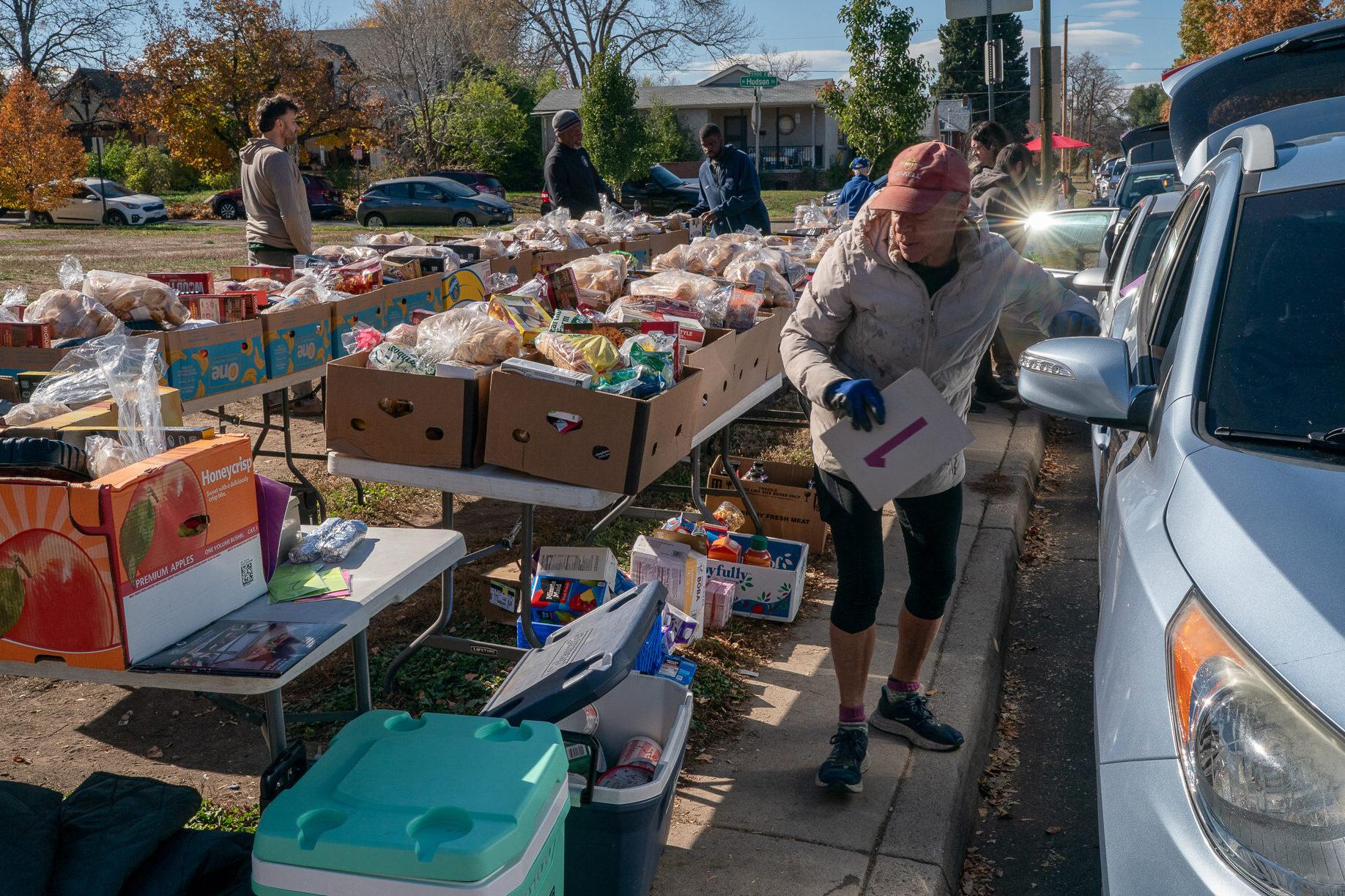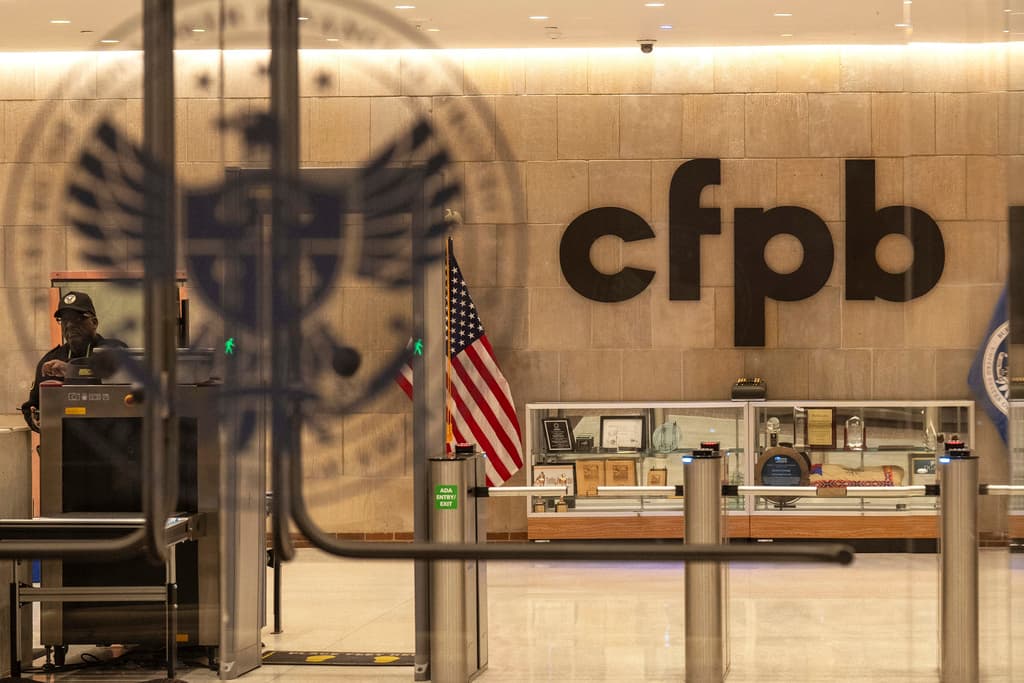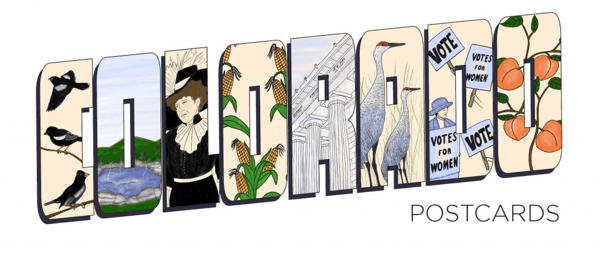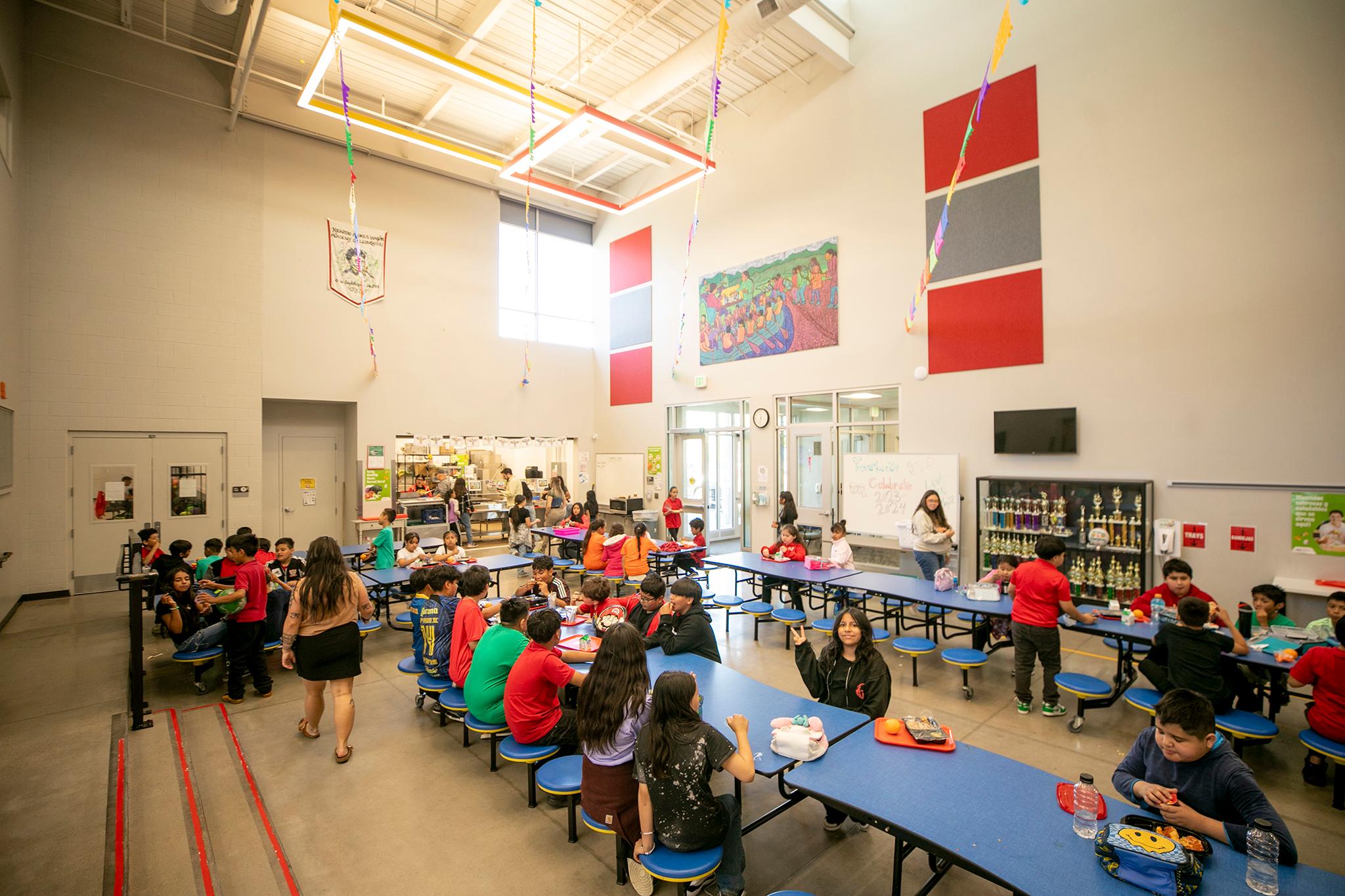
This November Colorado voters will decide on two related funding measures tied to the Healthy School Meals for All program, which makes free breakfast and lunch available to all public K-12 students in Colorado regardless of income.
A group of Colorado parents, students, teachers, anti-hunger advocates and other supporters spearheaded the original 2022 ballot measure creating the program, which passed at the ballot box by a wide margin and took effect in 2023.
Backers of the program point to the many children in Colorado and the U.S. that lack access to good quality meals at home, and may not be able to afford paying for them at school, which contributes to a cascade of problems, including making it hard to focus and learn.
Funding for the program comes from limiting state income tax deductions for Coloradans who earn $300,000 or more in federal adjusted gross income. When the program originally went before voters in 2022, non-partisan legislative analysts projected the tax increases would generate $100 million a year, but so far, it's brought in about $11 million more than anticipated.
Under Colorado’s constitution, the state must get permission from voters to keep the extra tax money, or else find a way to refund it, and reduce how much tax it collects in the future. Prop LL is that ask.
Here’s the language you’ll see on your ballot:
Without raising taxes, may the state keep and spend all revenue generated by the 2022 voter approved state tax deduction limits on individuals with incomes of $300,000 or more and maintain these deduction limits in order to continue funding the healthy school meals for all program, which pays for public schools to offer free breakfast and lunch to all students in kindergarten through twelfth grade?
How would Proposition LL work?
Proposition LL asks voters to let Colorado keep $12 million in excess tax revenue (and interest) collected beyond the original projections in the 2022 Blue Book, and to hold onto all the money the tax raises in the future.
If voters say ‘no,’ the extra money will be refunded to the high income earners who have been paying the tax, and tax collections in the future will be reduced to match the original 2022 estimates.
According to the economic impact statement in the Blue Book, the passage of LL would allow the Healthy School Meals for All program to bring in a total of slightly more than $150 million for the 2026 tax year.
Who’s for Proposition LL?
Since its start, the popularity of Healthy School Meals for All has outstripped the money coming in to pay for it. Democrats placed Propositions LL and MM on the ballot in the hope that voters will increase its funding.
If the two propositions don’t pass, the state will have to impose cost-cutting measures. That would likely mean not all schools would get money to pay for free lunches for all, with priority given to schools with a high percentage of low income families.
Based on current meal prices, families who use Healthy School Meals for All stand to save more than $1,250 per child each year, according to Hunger Free Colorado.
“Colorado children should never have to worry about where their next meal is coming from,” said Rep. Lorena García, an Adams County Democrat. “The Healthy School Meals for All program has improved the health and educational success of Colorado students. Now, Colorado voters will be able to decide if we continue this program to reduce childhood hunger or will have to scale it back.”
Who’s against Proposition LL?
There is no organized opposition to Prop LL, but Republicans in the statehouse overwhelmingly voted against it.
Conservatives have argued that the state should stick to the amount of money it originally told voters it would raise, and refund any extra that comes in. Critics of Healthy School Meals for All also point to the fact that the program requires taxpayers to cover the cost of meals for students whose families can afford to pay for them
- What to know about Colorado’s free school meals program
- Key Colorado lawmakers want to keep free school meals for all students despite budget shortfall
- Ballot measures funding ‘Healthy School Meals for All’ will head to voters in November
- Colorado's 2025 Blue Book
- From 2022: Proposition FF: Healthy meals for all public school students, explained
